Single-molecule spectroscopy makes possible adding one rung at a time to a foundational rung grafted to a surface to make a long nanotube scaffold of predetermined sequence.
Solid-phase synthesis of custom-made DNA nanotubes


Single-molecule spectroscopy makes possible adding one rung at a time to a foundational rung grafted to a surface to make a long nanotube scaffold of predetermined sequence.

A nanoporous form of graphene made by burning off other elements from an inexpensive polymer has been used to fabricate flexible supercapacitors via a process that can be scaled to industrial quantities to provide energy storage for wearable, flexible electronics.
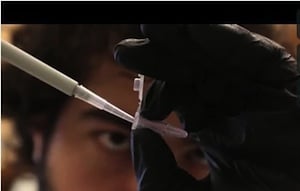
Positioning two or more molecules along a long DNA strand can cause the DNA molecule to adopt different shapes if the molecules interact. Quickly and cheaply separating these shapes by a simple gel electrophoresis assay provides a wealth of information about how the molecules interact.
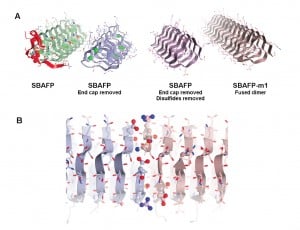
Design and computational simulation of amyloid proteins of diverse functions from diverse sources enable the self-assembly of proteins that could provide scaffolds for diverse applications.

RNA origami brings new dimensions to nucleic acid nanotechnology by exploiting the much greater variety of RNA structural motifs (compared to DNA) to do what cannot easily be done with DNA origami, like fold into predetermined nanostructures rapidly while being transcribed.
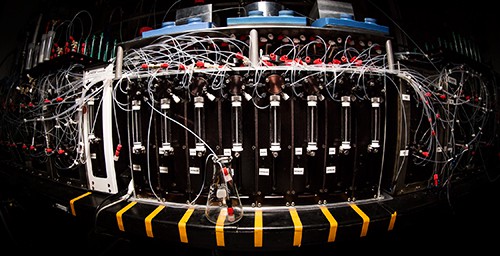
Iterative coupling, purification, and cyclization of a large collection of organic building blocks promises a vast array of complex small and medium sized molecules as candidates for drug discovery, catalysis, and nanotechnology.
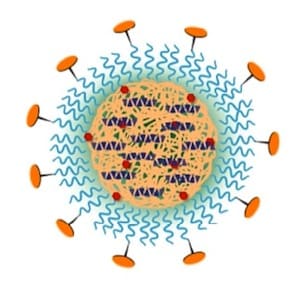
In tests in a mouse model of advanced atherosclerosis, core-shell nanoparticles, composed of block copolymers and targeted to sites of inflammation and vascular injury, delivered a bioactive peptide that improved key properties of advanced plaques.
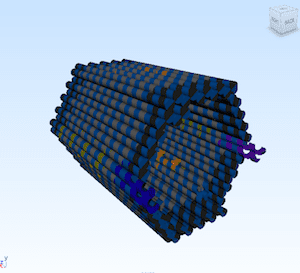
A commentary over at Gizmodo argues that ideas about molecular manufacturing that sounded like science fiction in 1986 now sound more like science fact.
The idea that nanorobots fabricated by atomically precise manufacturing processes are a likely part of our future, and that this is a good thing, is appearing more frequently, largely as a result of Drexler’s recent book Radical Abundance.

Bulk nanoscale technologies were used to create three-segment nanowires of gold and nickel, and magnetic bearings of gold, nickel, and chromium. Combinations of DC and AC electric fields were used to assemble nanomotors that can spin at speeds up to 18,000r.p.m., and for up to 15 hours.